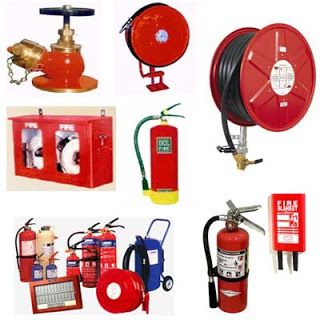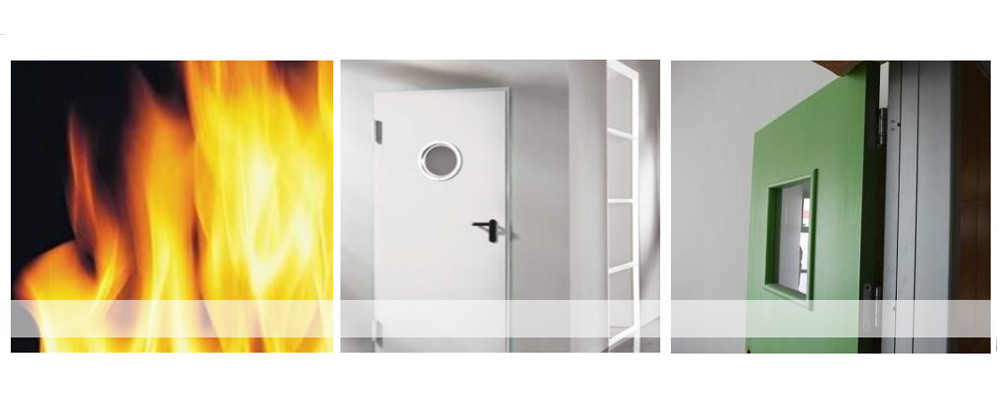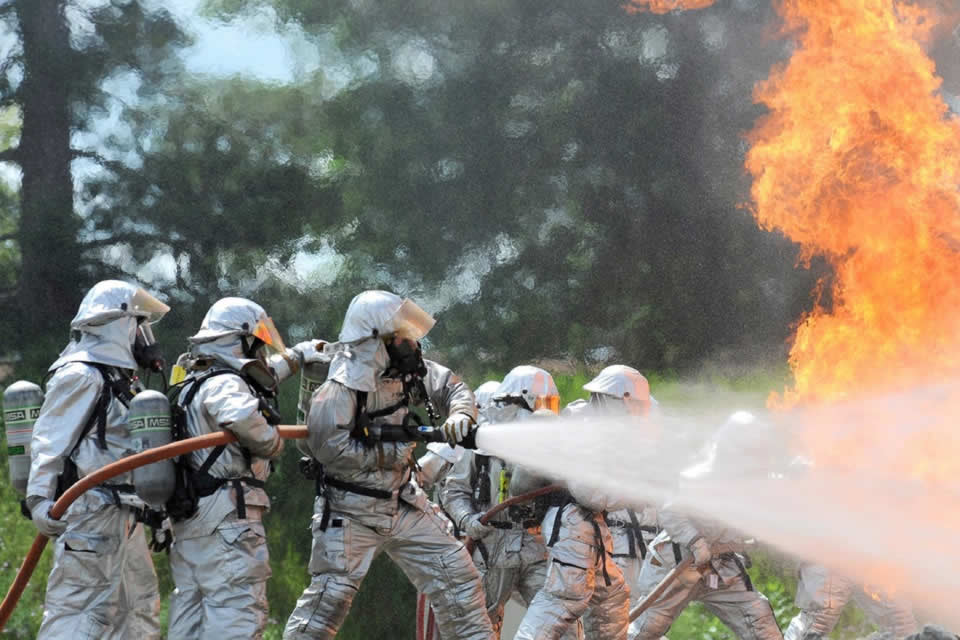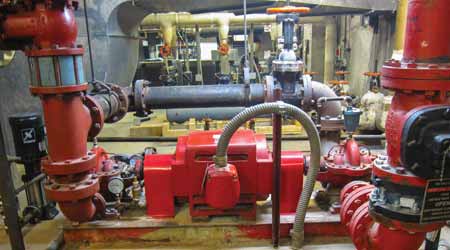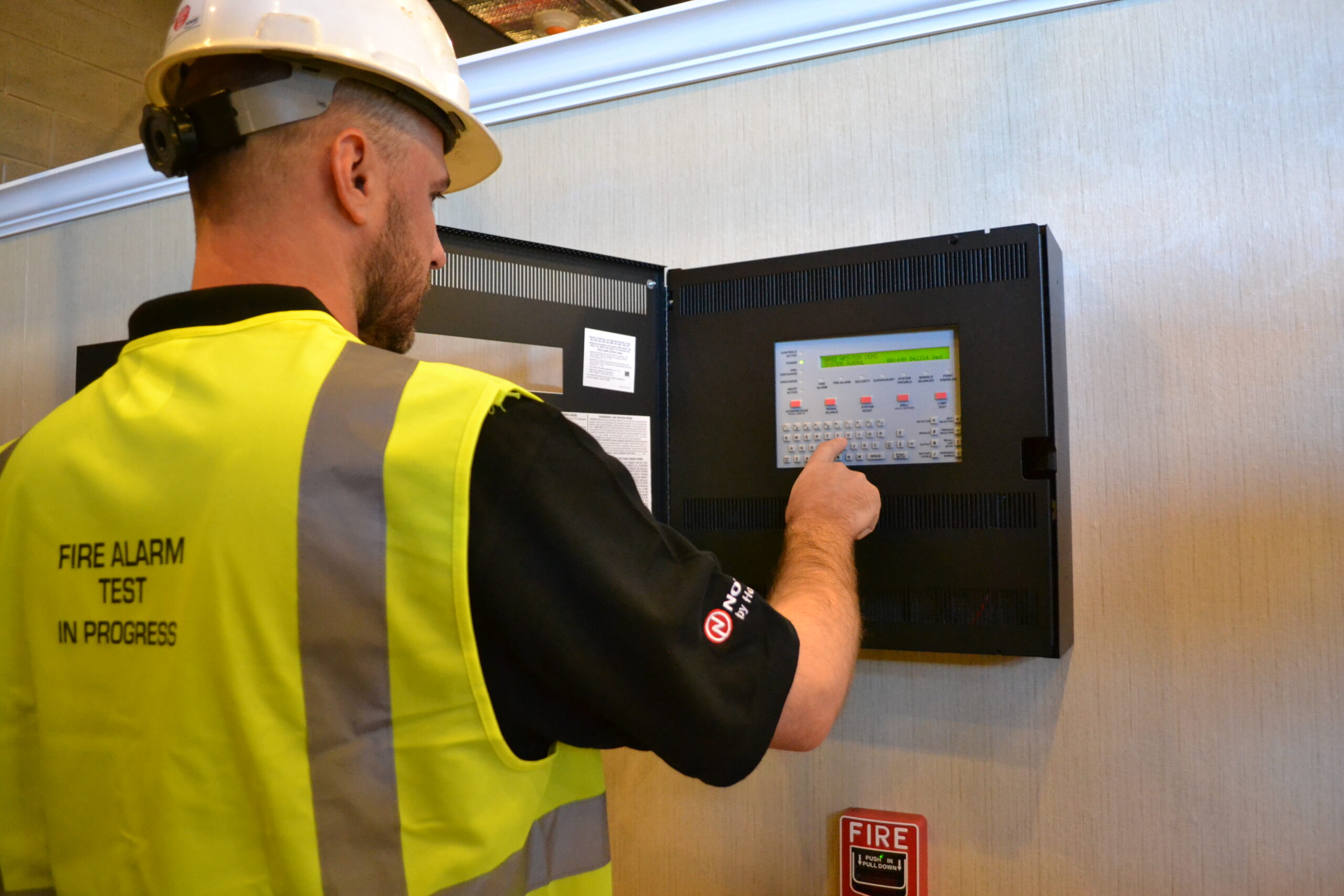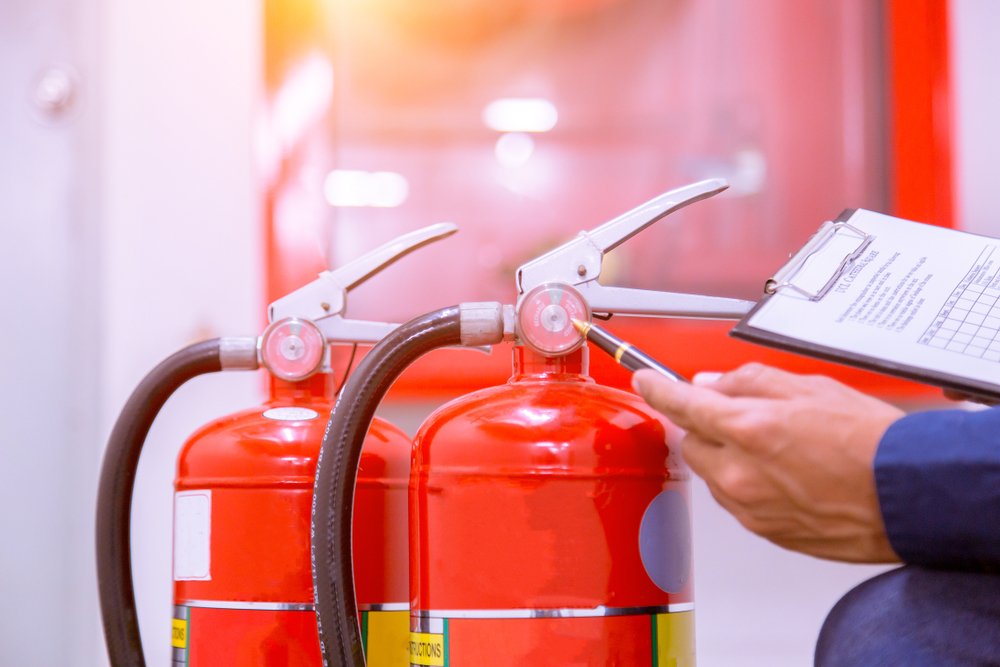In order to achieve the maximum degree of protection against fire, buildings must be constructed in a way that is compatible with local climate. The building’s composition, combustible materials, number of floors and combustibility of each structure determine the area of the building’s fire compartments. A building’s fire protection system must consider these factors. Listed below are some tips for designing a building’s fire protection system. Once you know what to look for, it will be easier to implement the necessary measures.
Compartmentation
Fire compartmentation is an important aspect of fire protection for buildings. This system allows fire to spread slowly throughout the building by limiting the amount of fuel available in the initial stages of the fire. The concept is important for many reasons, including saving lives, preventing property damage, and helping firefighting efforts. In addition to protecting people from the effects of fire, compartmentation can prevent the spread of toxic gases. Here’s a look at why compartmentation is important in buildings.
First, compartmentation allows firefighters to contain a fire to a specific area, such as an upper-story atrium or a basement. The structure of a building can be the main obstacle in limiting the spread of a fire. Different materials and construction techniques can make compartmentation methods more effective, or ineffective. For example, a timber frame building can spread a fire much more quickly than a brick or concrete building. A fire safety consultant can recommend an appropriate compartmentation strategy based on the materials and construction methods of the building. Passive fire safety measures are also recommended, such as installing a cavity barrier. These devices are placed in walls or roof spaces to prevent the movement of smoke and fire.
While a building’s risk of fire will always remain, passive fire protection methods can help minimize the damage and loss of life. By creating smaller zones with separate risks and exit routes, fire protection strategies can dramatically reduce the number of victims and save lives. Compartmentation for fire protection of buildings involves building walls, floors, and other structural elements that prevent the spread of fire to neighboring areas. Fire-resistant materials can give fire-fighting teams more time to get to the area where the fire started.
Construction material quality
Buildings must meet fire protection standards to avoid the risk of catastrophic failure. Type I buildings are constructed of noncombustible materials, such as steel and poured concrete, which are rated for two to three hours of fire resistance. The highest level of fire safety is provided by these buildings. However, not all buildings must meet Type I fire protection standards. Type II buildings are also noncombustible, but they have a lower fire resistance than Type I.
The most important fire-safety requirements for buildings are found in the National Building Code. Buildings should have fire-resistance requirements, which specify minimum concrete cover thickness and minimum member dimensions. Even non-combustible buildings should be designed with ventilation, as insufficient ventilation can result in collapse and loss of life. In addition to fire-resistant materials, buildings should be equipped with roll-out doors and skylights to increase air circulation.
When choosing construction materials, consider their fire resistance qualities. Materials that burn easily, such as stone and timber, are combustible. Materials that are not fire-resistible may have a longer lifespan but eventually crumble under high temperatures. Inherently noncombustible materials, like concrete, masonry, glass, and gypsum products, are not tested for fire safety. However, if you do decide to use one of these materials in a building, consider how fire-resistant it is.
Gypsum is a good fire-resistant material, with a melting point of 1000 to 1500 C. Gypsum sheeting is used to attach various structural materials to a building’s structure, reducing fire hazards and enhancing firefighting capabilities. Gypsum boards are used for walls because of their fire-resistant properties and are generally more expensive than brick. Gypsum sheets can also be used as a fire-resistant floor covering, and are also often blended with other structural materials.
Maintenance
Maintaining the fire protection systems of a building is an essential part of the facility management process. In fact, 100,000 fires are recorded in non-residential buildings every year, costing organizations billions of dollars. It is the duty of the maintenance manager to ensure that the life safety systems are properly installed and maintained. The following are some things to keep in mind while performing fire safety inspections. Let us look at some of them.
Education and awareness is vital to fire prevention. The building occupants must be made aware of the dangers of fire and how to escape. Building managers have a responsibility to make sure that their occupants know what to do to avoid a fire. These systems can range from fire alarms to exits. Fire protection includes the installation and operation of operational and structural systems. There are many different systems in use in a building.
A comprehensive inspection of fire and life safety systems can detect and repair any deficiencies. The fire protection systems are made up of multiple components with varying failure rates. The inspection frequency varies, and NFPA standards determine how often they must be checked. A qualified fire protection company will tailor an inspection program based on the varying requirements of your building. The proactive inspections and preventative maintenance programs offered by such companies will ensure that your building’s fire safety systems are working at optimal efficiency.
Regular inspections of existing public buildings are also a vital part of fire prevention. These inspections are conducted to ensure that all fire safety standards are met. They are also conducted to check that fire-fighting systems are in good working order. During the inspection, building inspectors check for systems that assist with egress. These systems include emergency exit signs and exit doors. Also, they check for emergency access. Insufficient fire safety can pose a significant risk to life and property.
Building content
To avoid the consequences of a fire outbreak, the structures of a building must be protected from the spread of flames. Proper fire protection measures minimize the spread of fire within the building, reduce its intensity, and allow safe evacuation of occupants and property. Moreover, they should also facilitate effective fire brigade intervention. To address this concern, building owners and managers can use different techniques, including building fire protection. Listed below are some of these methods:
The purpose of the document is to set the minimum standards for the protection of property equivalent to those set out in national building regulations. The document is meant for owners, architects, consultants, construction companies, and insurers. The term ‘property’ refers to both physical and intangible assets. The document specifies measures that are applicable to all types of buildings, with some exceptions for residential buildings of less than 20 meters in height and buildings undergoing major refurbishment or upgrading.
To minimize the extent of fire damage, buildings should be divided into separate compartments. Using a fire compartment design helps limit damage to a certain area and increases occupant safety during evacuation. Separate fire compartments may include emergency routes, gathering areas, and rooms with a high fire load. In addition to the fire compartment, separate buildings should have separate access routes, meeting rooms, and warehouses. For a better outcome, fire-protection measures should be consistent with the building’s design and construction method.
Historical buildings often have inadequate fire compartmentation. For example, non-solid ceiling structures, open staircases, and gallery spaces increase the likelihood of fire spread throughout the building. In addition, combustible materials and unprotected emergency routes can further increase the intensity and duration of fire. Ultimately, these factors can affect safety and efficiency. So, it is important to evaluate building structures and fire safety measures before the construction process. The following examples illustrate the methods that are commonly used in fire safety measures.
Code requirements
Building codes have been in place for almost two centuries and are considered the cornerstone of fire safety. In addition to saving lives, codes reduce firefighter on-duty injuries and fatalities. The first respected building code was adopted by the city of Baltimore in 1859. In 1873, the National Association of Fire Engineers formulated eight concerns related to fire safety in building construction. A former Boston (MA) fire chief petitioned the organization to develop a building code. In 1884, fire insurance companies gathered to develop a uniform sprinkler standard. This was the first step in the development of the NFPA.
The 2017 Uniform Code supplement includes tighter requirements for commercial buildings. It also adds mass notification requirements for college and university buildings. Additionally, automatic sprinkler systems are now required for tents and membrane structures erected as special amusement buildings. However, some alterations to the Code are necessary for safety. Listed fire protection codes for buildings are a good starting point. To learn more about NFPA fire safety codes, check out the National Fire Protection Association website.
There are many building codes to choose from, and there are many differences between them. Some of these codes are free to download from the Internet, and some are free to view. Keep in mind that they may not be available on the date specified by law. To download and view IAPMO documents, you’ll need an Adobe Flash Player. If you don’t have a Flash player, you can download the documents from the IAPMO website.
Building codes cover all aspects of life safety for buildings. They include requirements for incorporating fire prevention into the design of buildings, as well as ensuring that doors and exits are not blocked. They also address the maintenance requirements of fire protection equipment, and make sure that exits are easy to access and that no exits are locked. Non-compliance with fire codes can lead to legal action. When in doubt, always follow the guidelines for building safety and protection.

